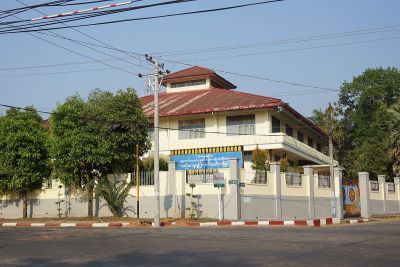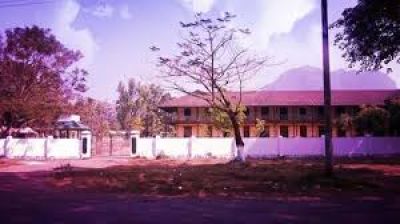Travel Guide to Hintha Gon Pagoda, Bago, Myanmar (Burma)
Overview
Hintha Gon Pagoda is a historical site perched on a hill, offering panoramic views of Bago from its terrace. It is said to be the place where the hintha bird (symbol of the Mon people) landed, which is why it is significant in terms of both religious and cultural heritage.
Getting to Hintha Gon Pagoda
By Air
The closest international airport is Yangon International Airport. From Yangon, travelers can take a bus or taxi to Bago, which is approximately 80 km away. The journey typically takes around 1.5 to 2 hours.
By Bus or Coach
Bago is well-linked by bus with many parts of Myanmar. Numerous bus companies operate daily services from Yangon to Bago and other major cities. The bus station is located a few kilometers from the city center. From there, local transportation can be used to reach the pagoda.
By Train
Bago is also accessible by train from Yangon. The Bago railway station is on the main line from Yangon to upper Myanmar. Check schedules as service frequency may vary.
By Car or Taxi
Hiring a car or taxi for a direct trip to Bago is convenient and offers more flexibility. It's advisable to negotiate the fare beforehand.
Opening Hours and Entrance Fees
Opening Hours: Daily, usually from early morning until sunset.
Entrance Fees: Bago is part of the Bago Zone, which requires a fee to access several historical sites including Hintha Gon Pagoda. This fee is around 10 USD, but prices could change so it is recommended to check before visiting.
Best Time to Visit
The best time to visit is during the cooler months from November to February when the weather is more pleasant. Keep in mind that certain festivals may also offer unique experiences if you time your visit accordingly.
Important Tips
- Respect the local culture by dressing modestly and removing your shoes when entering pagoda areas.
- Keep hydrated, especially if climbing the steps to the pagoda in hot weather.
- Bargaining is common in Myanmar, so be prepared to negotiate prices for taxis and local goods.




















